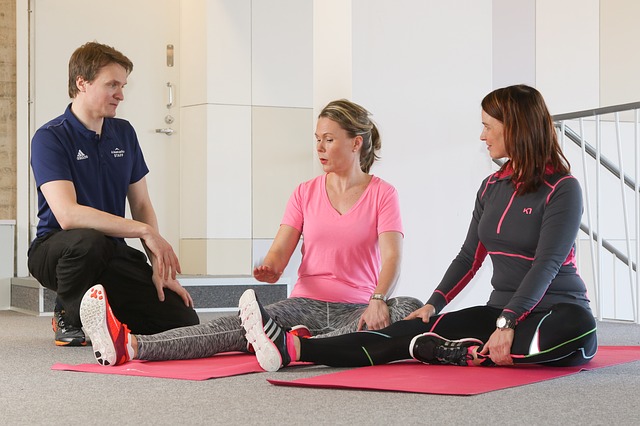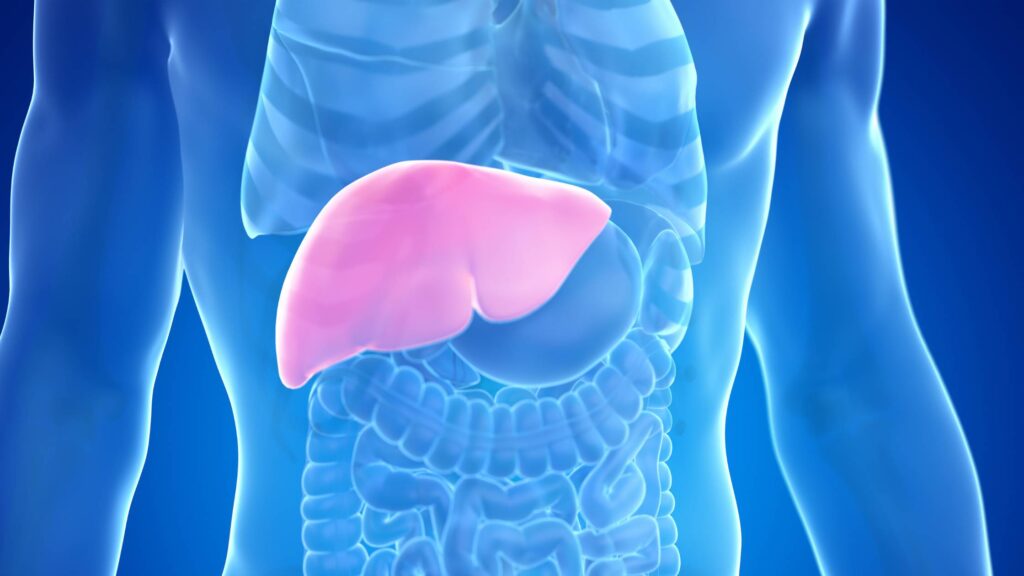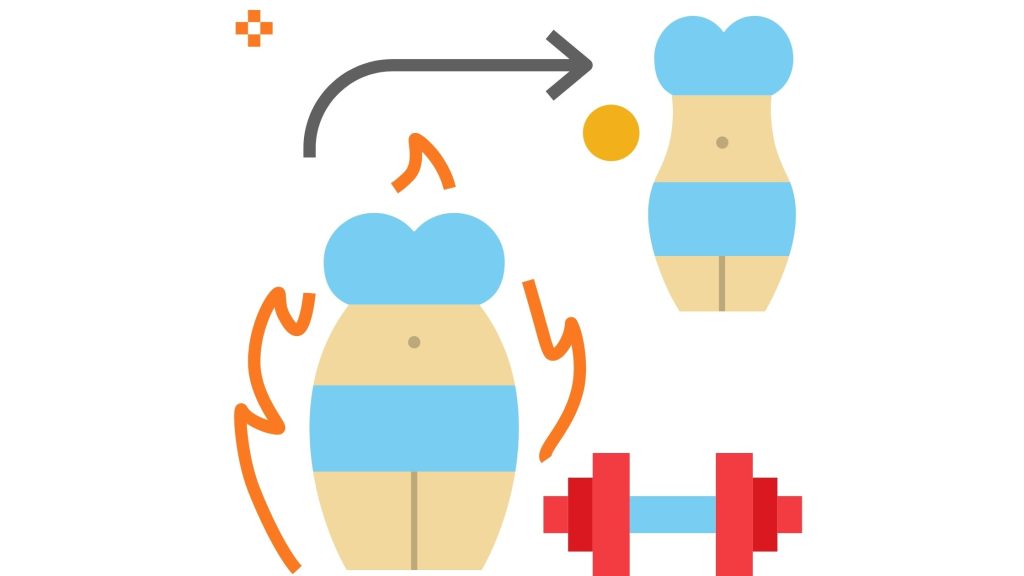Last updated on April 21st, 2025 at 11:45 am

We all know the beneficial effect of exercises, but a recent study suggests that it can also benefit patients living with cancer and beyond cancer. In a paper published in ‘CA: A Cancer Journal for Clinicians,’ Schmitz and her fellow researchers outlined new exercise recommendations for people living with and beyond cancer.
In this article, we will try to understand what the current study presents the relation between exercise/ physical activity and cancer sufferer and beyond cancer.
Exercises and physical activity affects cancer
There is scientific evidence that exercises and physical activity have beneficial can prevent cancer and improves cancer‐specific survival in many kinds of cancer. Exercises and physical activity lower the risk of developing the following cancer:
- Colon,
- Breast,
- Endometrial,
- Kidney,
- Bladder,
- Esophageal (adenocarcinoma),
- Stomach (cardia).
But, there moderate or limited evidence on these cancers:
- Lung
- Myeloma and hematologic,
- Head and neck,
- Pancreas,
- Ovary,
- Prostate
What is the recommended level of exercise?
The multiple US and international organizations have published exercise recommendations for patients living with and beyond cancer, including the American Cancer Society (ACS), the American College of Sports Medicine (ACSM), Exercise and Sports Science Australia, Cancer Care Ontario, and the Clinical Oncology Society of Australia.
The ACSM expert panel concluded that there is sufficient evidence to support the efficacy of specific doses of exercise training to address cancer‐related health outcomes, including fatigue, quality of life, physical function, anxiety, and depressive symptoms.
There is also sufficient evidence to confirm the safety of resistance exercise training among patients with and at risk for breast cancer–related lymphedema.
The expert panel found that the majority of cancer health‐related outcomes are improved by doing:
- Thrice‐weekly aerobic activity for 30 minutes.
- There is also evidence of a benefit from twice‐weekly resistance exercise: one exercise per major muscle group, 8 to 15 repetitions per set, 2 sets per exercise, progressing with small increments.
Conclusion
Though there is strong evidence of the beneficial effects of exercises on the life of a cancer sufferer current practice is failing those diagnosed with cancer. It can be achieved if action is taken by oncology clinicians, policymakers, researchers, educators, patients, and the health and fitness industry has the potential to transform health and well‐being from cancer diagnosis, through treatment, and for the balance of life.
Keep Reading: Exercise during chemo improves health of cancer sufferer|study
The author is a physiotherapist who has been practising for the last 17 years. He holds a Bachelor's in Physiotherapy (BPT) from SVNIRTAR (Swami Vivekananda National Institute of Rehabilitation and Research), one of the prestigious physiotherapy schools in India.
Whatever he learns dealing with his patient, he shares it with the world through blogs and e-books. He also owns a YouTube channel, "Sunit Physiotherapist" with over 8 lakh active subscribers. Here, he shares everything he gets to learn serving the patient.





